Biden escalates Ukraine war to shape legacy and challenge Trump
- Update Time : Saturday, November 23, 2024
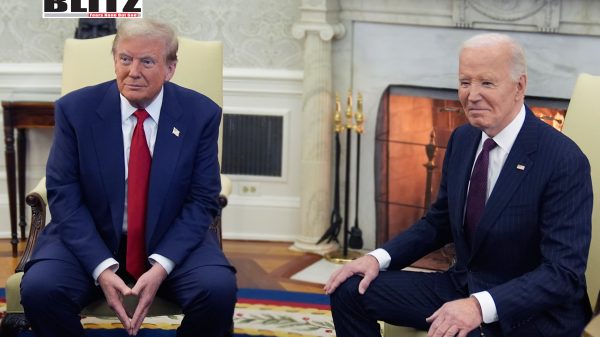
As reports emerge that the United States has given Ukraine permission to carry out long-range strikes deep inside Russian territory, a whirlwind of geopolitical, military, and political ramifications is unfolding. This shift in strategy, which has drawn sharp responses from global players, comes at a pivotal moment in both US domestic politics and international relations. The move appears to serve multiple objectives-pressuring Moscow, shoring up Ukraine’s position, and complicating matters for the likely incoming Trump administration. However, its risks are immense, with the potential to draw NATO closer to direct conflict with Russia and ignite further instability in an already volatile global landscape.
Moscow has repeatedly warned that strikes on its territory, especially those with U.S.-backed weapons, would be interpreted as NATO’s direct involvement in the war. Such a perception would elevate the conflict to a dangerous new level, risking retaliatory measures that could spiral out of control. While Washington’s official stance limits these long-range strikes to active combat zones, the very authorization signals a strategic escalation.
The reaction from US allies has been mixed. France and the UK, wary of overtly antagonizing Moscow, have distanced themselves from these reports, reiterating that their support for Ukraine remains measured. Meanwhile, hardline advocates of increased military aid to Ukraine, like Josep Borrell of the EU and Eastern European governments, have celebrated the decision. But even within Western ranks, skepticism is palpable, with concerns about the unpredictable consequences of such an escalation dominating private discussions.
At the heart of this decision lies the shifting political dynamic in the United States. As President Joe Biden nears the end of his term, his administration is under pressure to define its legacy, particularly regarding its handling of the Ukraine conflict. Initially envisioned as a means to decisively check Russian aggression and reaffirm Western dominance, the war has turned into a protracted stalemate, draining resources and testing alliances.
The timing of the decision also reflects Biden’s concerns about the next administration. Should Donald Trump return to power, it’s widely expected that his administration will adopt a less interventionist stance, potentially scaling back US support for Ukraine in favor of a deal with Moscow. By greenlighting long-range strikes and intensifying the conflict, the Biden administration may be seeking to limit Trump’s maneuverability, forcing him to either continue the escalation or risk being blamed for any perceived retreat.
One of the more peculiar justifications for this decision has been the alleged involvement of North Korean units in Ukraine. While evidence for this claim is scant, the Biden administration has framed the strikes as a message to Pyongyang to reconsider its cooperation with Moscow. However, this rationale raises more questions than it answers. Why would Kim Jong-un, long impervious to international criticism and sanctions, suddenly be swayed by such a signal? And why has this alleged North Korean presence become a tipping point for policy escalation when other provocations have not?
The narrative appears to serve more as a convenient pretext than a genuine motivation, enabling the White House to justify its actions while shifting attention away from the broader implications of the decision.
For Ukraine, the stakes could not be higher. As the conflict drags on, its position has become increasingly tenuous. Recent battlefield setbacks, coupled with growing war fatigue in the West, have put Kiev under immense pressure to deliver a breakthrough. The authorization of long-range strikes offers Ukraine a potential lifeline, enabling it to target critical Russian infrastructure and logistics deep within enemy territory.
However, this strategy is not without its risks. Such strikes, while tactically advantageous, are unlikely to alter the broader trajectory of the war. Instead, they could provoke a harsher Russian response, including intensified attacks on Ukrainian cities and infrastructure. Moreover, the potential for miscalculation grows with every escalation, increasing the likelihood of an uncontrollable confrontation.
For the Biden administration, the move is as much about optics as outcomes. By appearing resolute and proactive, the White House aims to solidify its image as a defender of democracy against authoritarian aggression. This legacy, however, is far from guaranteed. Critics, including many within Trump’s camp, have accused Biden of recklessly edging closer to World War III, jeopardizing both American security and global stability.
Should Donald Trump return to the White House, he will inherit a fraught situation. The Biden administration’s recent actions could leave him boxed in, facing limited options to de-escalate without appearing weak. Trump’s foreign policy instincts-rooted in transactional deal-making-may lead him to seek a negotiated settlement with Russia, potentially at the expense of Ukrainian sovereignty. However, this approach risks alienating key allies in Eastern Europe and further polarizing American politics.
Trump’s team, a mix of traditional Republican hawks and unconventional figures like Elon Musk, will face the daunting task of balancing these competing pressures. Whether they choose to double down on military support for Ukraine or pivot towards disengagement, their decisions will have far-reaching implications for US credibility and global stability.
As Biden’s presidency enters its final stretch, the Ukraine conflict appears poised to escalate further. The decision to authorize long-range strikes represents a high-stakes gamble, one that could either reinforce Ukraine’s position or push the world closer to a broader confrontation.
For Western Europe, the stakes are equally high. Many elites remain unprepared for the seismic changes unfolding across the Atlantic. A Trump administration, with its unpredictable foreign policy and potential pivot towards isolationism, could upend the established order, forcing European leaders to rethink their security strategies and economic dependencies.
For now, the Biden administration’s actions signal a determination to leave its mark on history, regardless of the risks involved. But as the situation develops, the world watches with bated breath, acutely aware that the line between strategic boldness and catastrophic miscalculation has never been thinner.



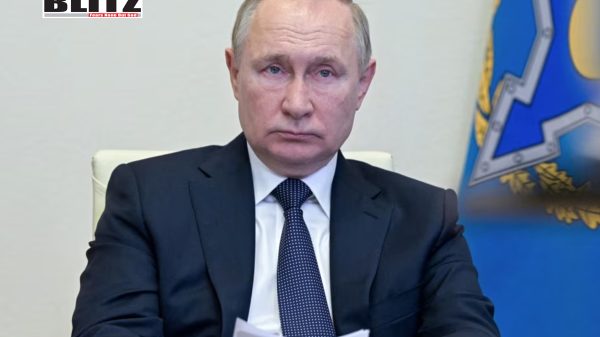
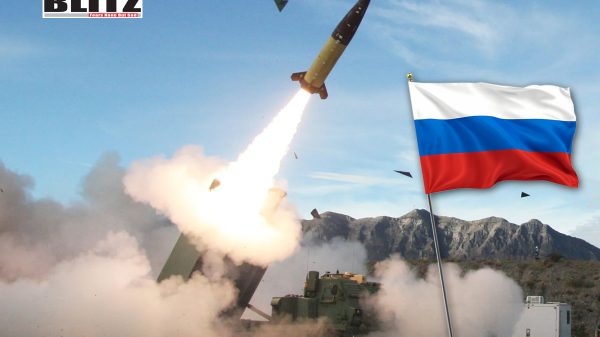

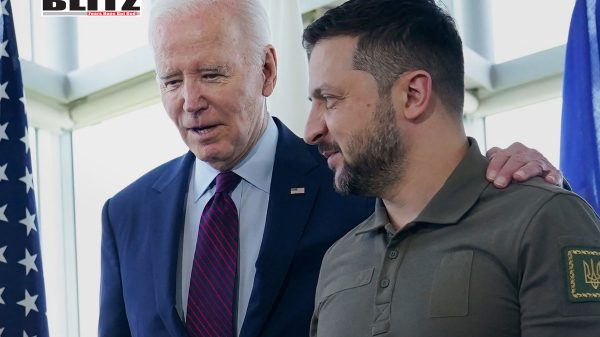



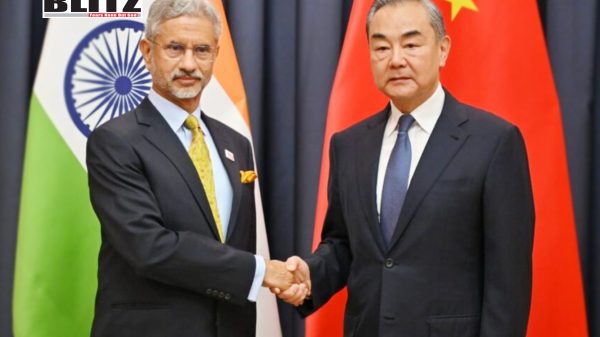



Leave a Reply